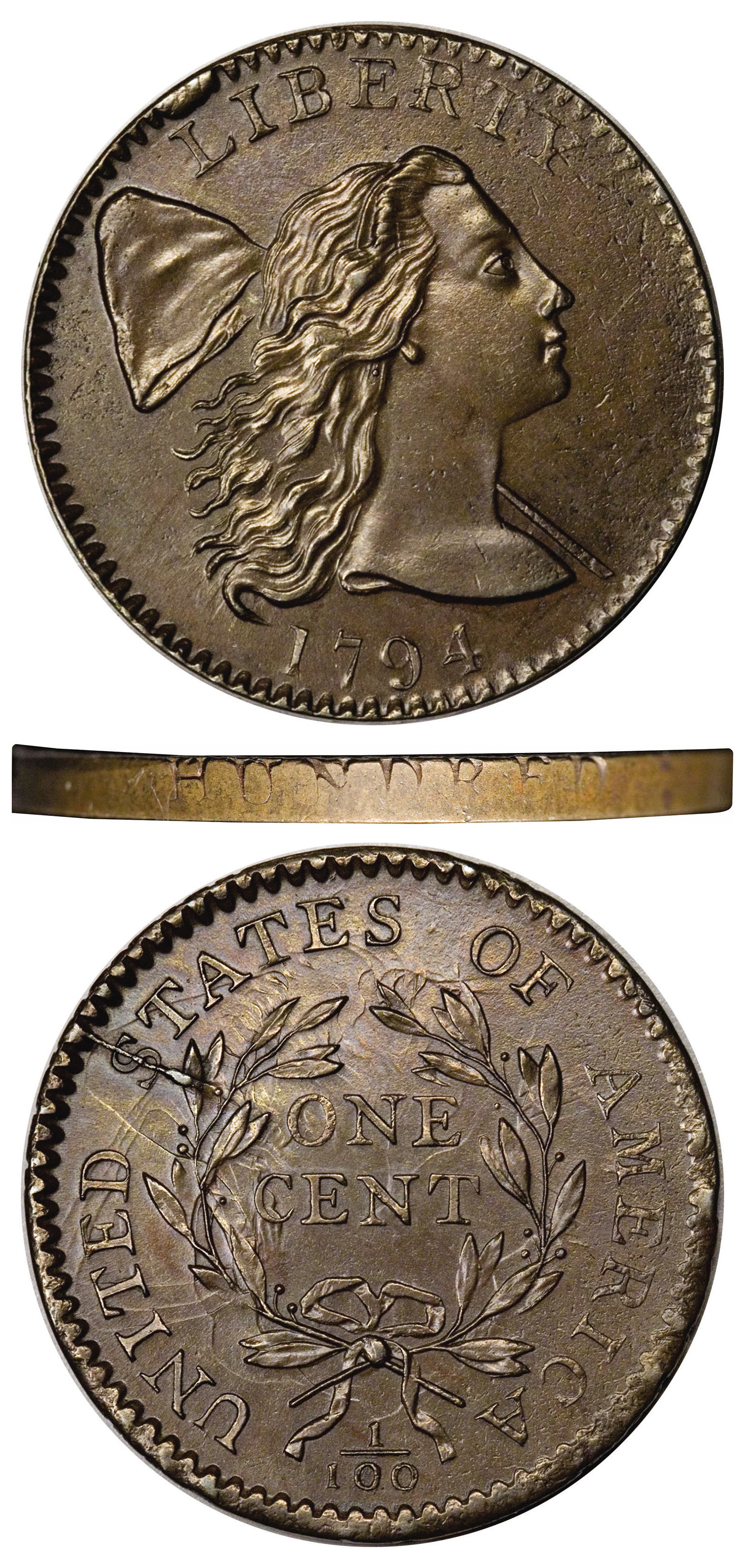Liberty Cap large cent on:
[Wikipedia]
[Google]
[Amazon]
 The Liberty Cap large cent was a type of
The Liberty Cap large cent was a type of
One Cent, Liberty Cap, Coin Type from United States
History, photos, mintages and more.
 The Liberty Cap large cent was a type of
The Liberty Cap large cent was a type of large cent
The United States large cent was a coin with a face value of 1/100 of a United States dollar. Its nominal diameter was 1 inch (28.57 mm). The first official mintage of the large cent was in 1793, and its production continued until 1857, whe ...
struck by the United States Mint
The United States Mint is a bureau of the Department of the Treasury responsible for producing coinage for the United States to conduct its trade and commerce, as well as controlling the movement of bullion. It does not produce paper money; tha ...
from 1793 until 1796, when it was replaced by the Draped Bust large cent. The coin features an image of the goddess of Liberty and her accompanying Phrygian cap.
History
The Liberty Cap large cent, designed byJoseph Wright Joseph Wright may refer to:
*Joseph Wright of Derby (1734–1797), English painter
*Joseph Wright (American painter) (1756–1793), American portraitist
*Joseph Wright (fl. 1837/1845), whose company, Messrs. Joseph Wright and Sons, became the Metro ...
, was issued by the Mint from 1793 to 1796. The Mint created this type of cent in an attempt to satisfy the public objections to the Chain cent and Wreath cent
The Wreath cent was an American large cent. It was the second design type, following the Chain cent in 1793. It was produced only during that year.
Obverse design
The obverse design consisted of a stylized Liberty head with flowing hair. The in ...
. It appears to have been a little more successful than its precedents, as it was continued into 1796, unlike the previous two issues, which were each issued for less than a year. In 1795, the planchets became too thin for the use of edge lettering on the coins, so coins from late-1795 onward have no edge lettering.
The Liberty Cap half cent
The half cent was the smallest denomination of United States coin ever minted. It was first minted in 1793 and last minted in 1857. It was minted with five different designs.
History
First authorized by the Coinage Act of 1792 on April 2, 1792, ...
was designed not by Wright, however, but by Chief Engraver of the United States Mint
The Chief Engraver of the United States Mint is the highest staff member at the United States Mint.
The Chief Engraver is the person in charge of coin design and engraving of dies at all four United States Mints: Philadelphia, Denver, San Franc ...
, Robert Scot
Robert Scot (October 2, 1745 – November 3, 1823) was a Scottish-American engraver who served as Chief Engraver of the United States Mint from 1793 until his death in 1823. He was succeeded by William Kneass. Scot designed the popular and r ...
.
Varieties
Due to the differences in individual dies used in thecoin die
Minting, coining or coinage is the process of manufacturing coins using a kind of stamping, the process used in both hammered coinage and milled coinage. This "stamping" process is different from the method used in cast coinage.
A coin die is ...
s used to produce these coins, there are over one hundred known varieties for the series. Some of these include the variable shapes of the head or differences in the size and shape of the numbers in the date. Some of these varieties greatly influences the value of the coin for collectors.
External links
One Cent, Liberty Cap, Coin Type from United States
History, photos, mintages and more.
References